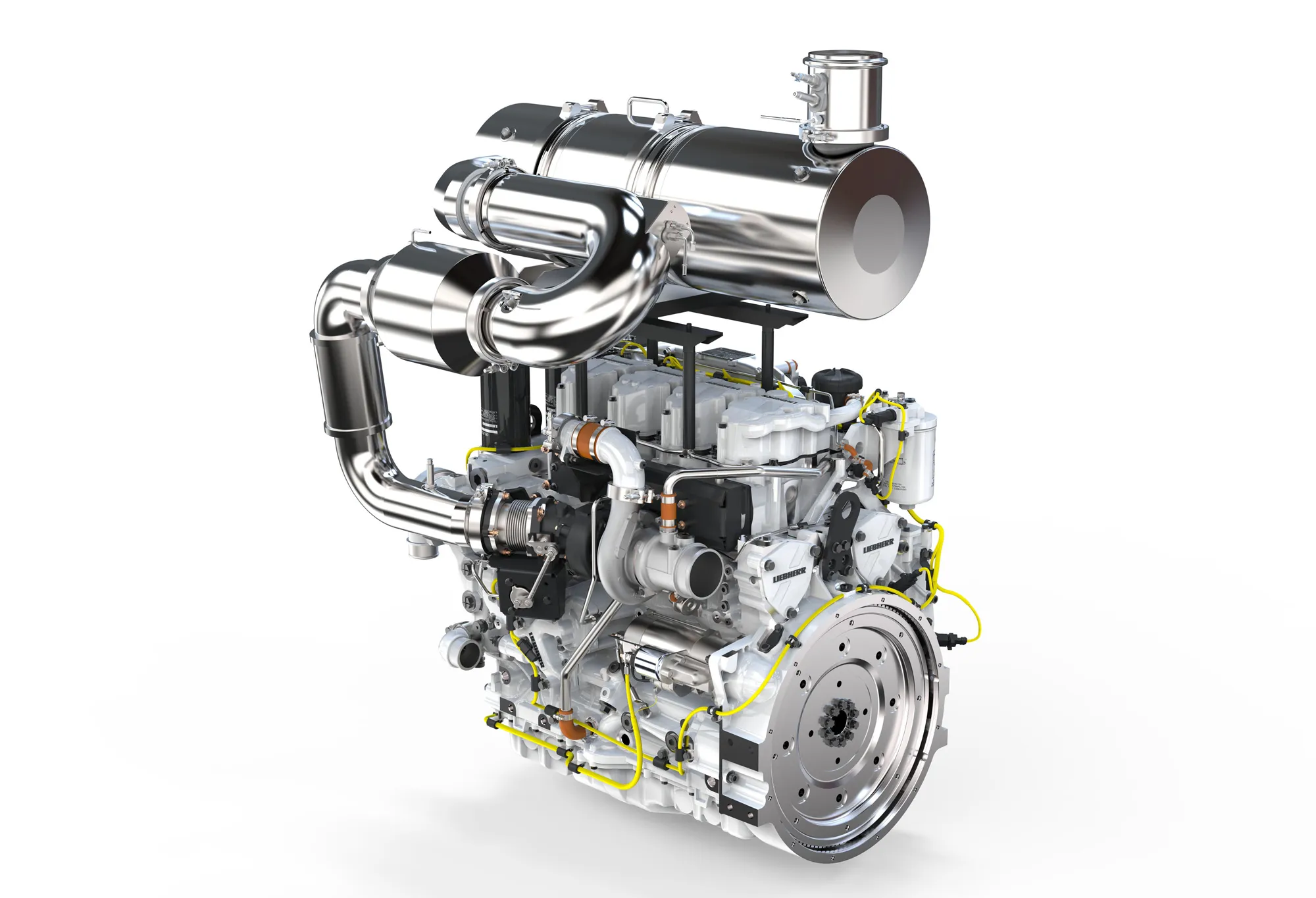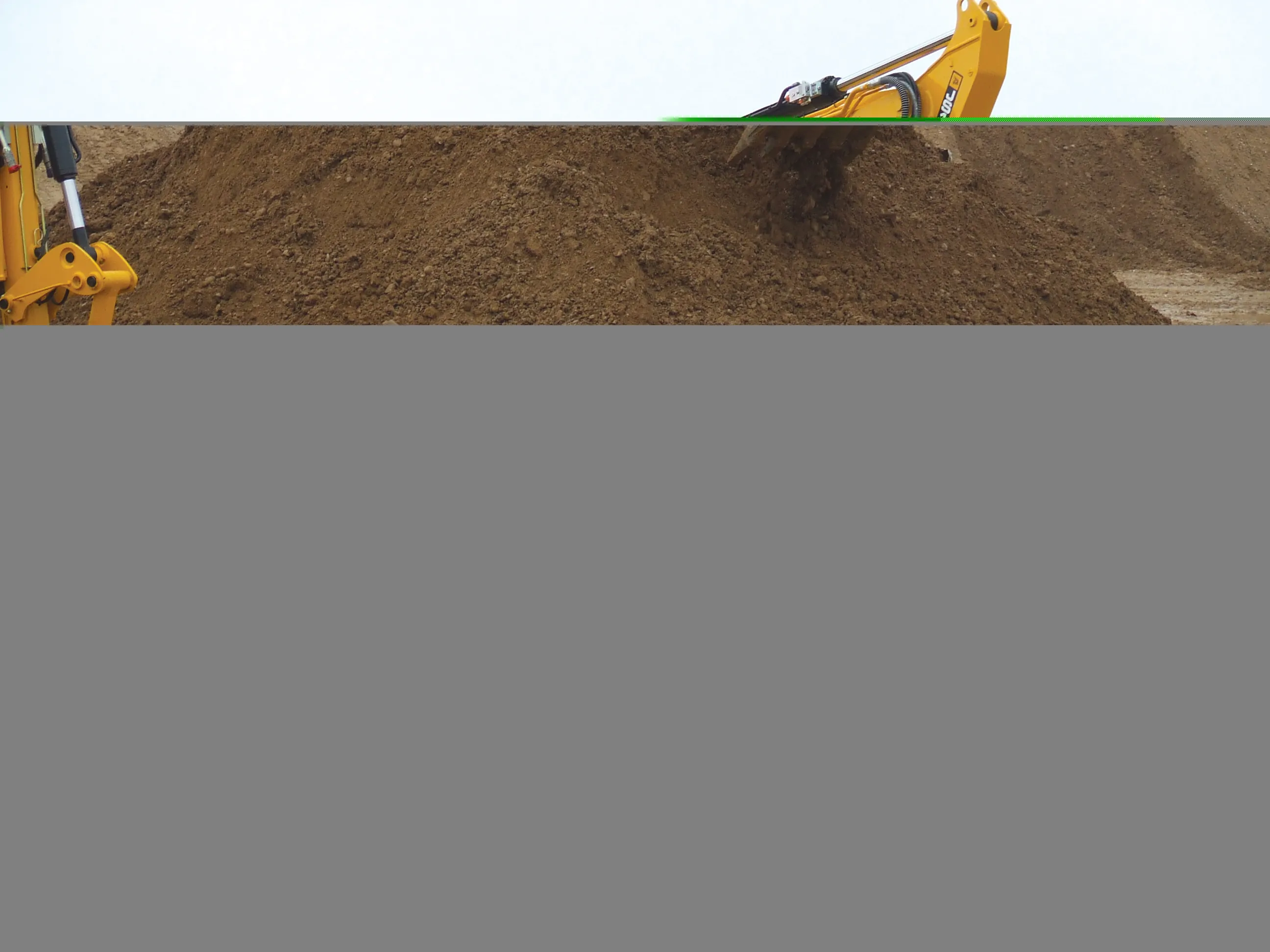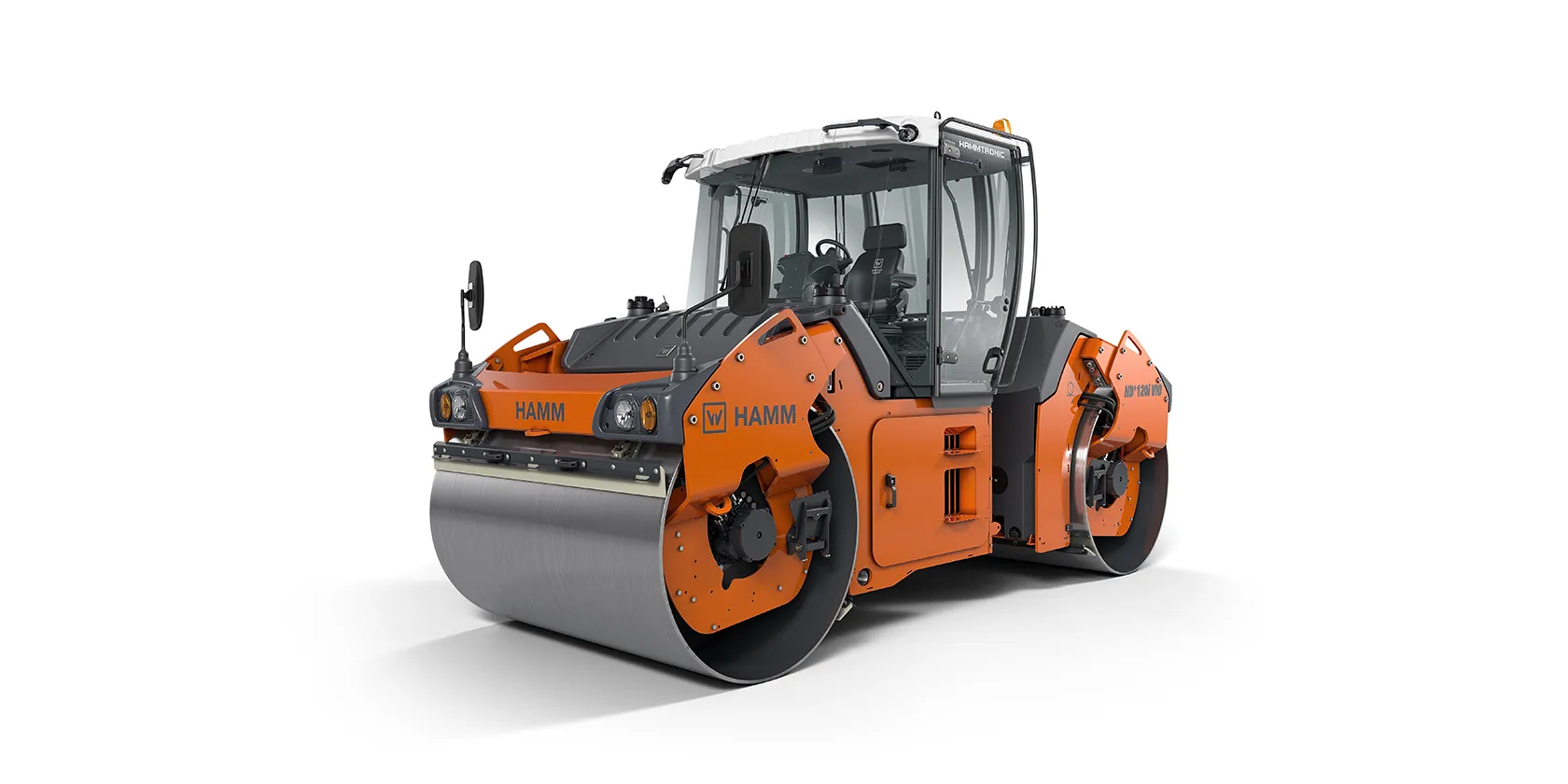A number of new bulldozer and grader developments are now coming to market - Mike Woof reports
Bulldozers and graders are often overlooked as earthmovers, with the focus all too often concentrating on excavators, wheeled loaders and ADTs. However, key manufacturers are rolling out new graders and bulldozers too, which are also benefiting from the latest low emissions engine technology as well as advanced telematics systems and improved cabs with better all-round visibility.
Caterpillar’s 26tonne 14M3
February 7, 2017
Read time: 4 mins

A number of new bulldozer and grader developments are now coming to market - Mike Woof reports
Bulldozers and graders are often overlooked as earthmovers, with the focus all too often concentrating on excavators, wheeled loaders and ADTs. However, key manufacturers are rolling out new graders and bulldozers too, which are also benefiting from the latest low emissions engine technology as well as advanced telematics systems and improved cabs with better all-round visibility.
178 Caterpillar’s 26tonne 14M3 grader has a bigger engine and more power, while also using less fuel than the previous model. Power comes from a variable power C13 diesel delivering 178-213kW, which benefits from a new eco-mode system and replaces the earlier C11 engine. Three emissions control ratings are offered to suit the local market.
Meanwhile717 LeeBoy is gearing up production of its 685, 695 and 785 graders at its facilities in the US and India. The machines built in India meet Tier 3 emissions requirements, with the firm keen to develop market share for its grader range, particularly in developing markets.
3420 Dressta has developed bulldozers that benefit from advanced Rexroth dual path, hydrostatic drives. The TD-8S and TD-9S are Tier 4 Final/Stage IV compliant models and weigh in at 10-10.3 and 11-11.3tonnes respectively. These are aimed at duties in smaller earthmoving tasks as well as finishing work. These machines are the first in the new generation S-series dozers, with more models coming in due course.
The hydrostatic drive system offers high manoeuvrability and versatility for smaller dozers, as well as a high degree of precision for fine control during finishing operations.
The firm is offering special features such as the Blade Shaker for the TD-9S, which allows the blade to become clean at the end of a fine pass. This helps for finishing jobs as it means that there are no untidy piles that have to be smoothed out later on.
Power for the two new hydrostatic drive S-series models comes from196 Cummins QSF 3.8 diesels, which are rated at 73kW in the TD-8S and 84kW in the TD-9S. Both models have new cabs, some 30% larger and with 15% more glass area. Ergonomic controls are fitted and an LCD touchscreen in the cab also gives the operator access to key machine parameters.
Komatsu is offering two versions of its new D37 bulldozer, with and without sophisticated controls. The top-of-the-range model is the D37EXi/PXi-24 dozer, which is equipped with the firm’s intelligent machine control technology. This machine has the same basic structure as the new D37EX/PX-24 dozer but with the integrated control technology, which is said to boost efficiency while reducing running costs for customers.
Both variants share the 66.1kW2300 Komatsu SAA4D95LE-7, which is offered with Tier 4 Final/Stage IV emissions rating featuring SCR technology added to the Komatsu Diesel Oxidation Catalyst (KDOC), which requires only passive regeneration.
The D37EXi/PXi-24 is factory-fitted with the sophisticated 3D GNSS machine control system. This allows the machine to be used with full functionality when it arrives at the work site, with no risk of damage or incorrect installations.
The system on the D37EXi/PXi-24 allows automated operation from heavy dozing to fine grading. It senses and controls the blade load to optimise the start of the cut and minimise track slip. According to Komatsu this allows an inexperienced operator to deliver high efficiency in all applications, particularly when a specific finished level must be guaranteed.
Both variants are available in either long track-on-ground (EX) or low ground pressure (PX) configuration, with flotation and weight distribution options to suit the customer need.
Both models also benefit from the latest KOMTRAX telematics system, and the Komatsu Care maintenance programme, which optimise fleet management and support, while delivering greater efficiency and uptime.
With718 Liebherr unveiling its top of the range, 74tonne PR 778 bulldozer to compete with Caterpillar’s D10T2, Komatsu’s D375A-6 and 1171 Shantui’s SD52-5, attention shifted away from other developments in the firm’s range. However, Liebherr has also rolled out its PR 716 bulldozer, which is said to be both economical and efficient and features a hydrostatic drive as well as a selectable ECO mode to lower fuel consumption.
The machine replaces the earlier PR 714 model and has operating weights from 13.2-15.2tonnes, depending on specification. Power comes from an economical four-cylinder diesel delivering 93kW, equipped with an eco-mode and which meets Tier 4 Final/Stage IV emissions requirements. It has an SCR system to reduce emissions but does not require a DPF, lowering maintenance needs. Power is increased when pushing heavy materials, while the hydrostatic drive maintains engine speed at a constant level. An optional inching brake pedal allows travel speed and brake to be controlled.
Bulldozers and graders are often overlooked as earthmovers, with the focus all too often concentrating on excavators, wheeled loaders and ADTs. However, key manufacturers are rolling out new graders and bulldozers too, which are also benefiting from the latest low emissions engine technology as well as advanced telematics systems and improved cabs with better all-round visibility.
Meanwhile
The hydrostatic drive system offers high manoeuvrability and versatility for smaller dozers, as well as a high degree of precision for fine control during finishing operations.
The firm is offering special features such as the Blade Shaker for the TD-9S, which allows the blade to become clean at the end of a fine pass. This helps for finishing jobs as it means that there are no untidy piles that have to be smoothed out later on.
Power for the two new hydrostatic drive S-series models comes from
Komatsu is offering two versions of its new D37 bulldozer, with and without sophisticated controls. The top-of-the-range model is the D37EXi/PXi-24 dozer, which is equipped with the firm’s intelligent machine control technology. This machine has the same basic structure as the new D37EX/PX-24 dozer but with the integrated control technology, which is said to boost efficiency while reducing running costs for customers.
Both variants share the 66.1kW
The D37EXi/PXi-24 is factory-fitted with the sophisticated 3D GNSS machine control system. This allows the machine to be used with full functionality when it arrives at the work site, with no risk of damage or incorrect installations.
The system on the D37EXi/PXi-24 allows automated operation from heavy dozing to fine grading. It senses and controls the blade load to optimise the start of the cut and minimise track slip. According to Komatsu this allows an inexperienced operator to deliver high efficiency in all applications, particularly when a specific finished level must be guaranteed.
Both variants are available in either long track-on-ground (EX) or low ground pressure (PX) configuration, with flotation and weight distribution options to suit the customer need.
Both models also benefit from the latest KOMTRAX telematics system, and the Komatsu Care maintenance programme, which optimise fleet management and support, while delivering greater efficiency and uptime.
With
The machine replaces the earlier PR 714 model and has operating weights from 13.2-15.2tonnes, depending on specification. Power comes from an economical four-cylinder diesel delivering 93kW, equipped with an eco-mode and which meets Tier 4 Final/Stage IV emissions requirements. It has an SCR system to reduce emissions but does not require a DPF, lowering maintenance needs. Power is increased when pushing heavy materials, while the hydrostatic drive maintains engine speed at a constant level. An optional inching brake pedal allows travel speed and brake to be controlled.









